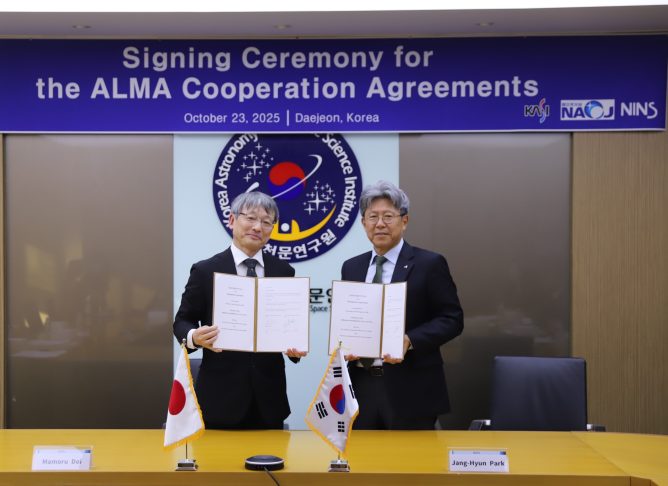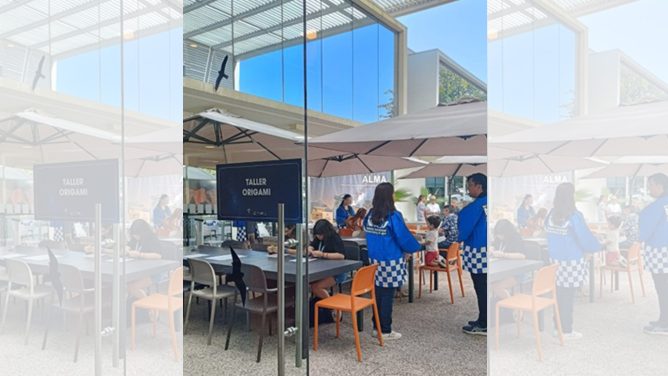2021.03.31
The 25th ALMA Public Talk Held Online
You can watch the recording of the public talk on YouTube from the link below (The lecture was given in Japanese).
The following is a summary of the talk sessions by respective speakers.
Session 1: ALMA Explores the Dark Universe through Radio Waves
Masaaki Hiramatsu, Assistant Professor at the NAOJ ALMA Project/The Graduate University for Advanced Studies (SOKENDAI)
What is happening around that star shining in the night sky? How are planets formed around the central star like the Sun? By observing dark clouds floating in space, ALMA aims to solve these mysteries. ALMA’s extraordinary “radio eye” is essential in exploring dark Universe (i.e., astronomical objects invisible to human eyes). Hiramatsu introduced the basics of the ALMA telescope, including how the ALMA observation is carried out and how the Universe is seen at the radio wavelengths. It was a basic lecture to make the following contents more enjoyable.
Session 2: Working for ALMA and Making ALMA Work
Satoko Takahashi, Associate Professor at the NAOJ Chile /The Graduate University for Advanced Studies (SOKENDAI), and a staff member at the Joint ALMA Observatory (JAO)
This session highlighted the people working for ALMA in Chile behind the scenes of beautiful astronomical images captured by ALMA and its remarkable observation results. ALMA, which was built at an altitude of 5000 m, is remotely controlled from the Operations Support Facility (OSF), located at an altitude of 2900 m. Takahashi explained the work of “Astronomer on Duty” from the perspective of an astronomer who is in charge of the ALMA operations. In the talk, the speaker also gave a virtual tour of the OSF facilities, which are not normally seen.
Session 3: ALMA Explores the Star Formation Process of 100,000 Years to the Birth of a Baby Star
Kazuki Tokuda, Visiting Researcher at Osaka Prefecture University/Project Research Staff at the NAOJ ALMA Project
Tokuda is studying the formation process of the “star egg” in the dark nebula in Taurus. To unravel the mystery of how stars are born, he observed many dark nebulae (molecular clouds) using ALMA and succeeded in tracking the growth process from the “star egg” to the birth of the “star chick”. He explained what a star egg is and how it is detected with radio telescopes, while showing some images from the latest observation results with ALMA.

Presentation of Session 3: ALMA Explores the Star Formation Process of 100,000 Years to the Birth of a Baby Star
Credit: NAOJ
In the question-and-answer session, the speakers answered the questions asked in the comment section of YouTube, which include “How do you decide the target objects to observe with ALMA?”, “How do you connect cables after moving the ALMA antenna?”, and “How many stars are formed in one molecular cloud?” Since we received far more questions than we expected, we didn’t have time to answer the questions fully. Next time, we hope we can answer more questions. Thank you for your participation and we are looking forward to seeing you again.









